At Sun ‘n Fun I had the opportunity to meet with Bobby and Delane Baker, the owners of Safari Helicopters. The Safari Helicopter line has a long history dating back to 1954–started by Harold “Pop” Emigh and the original Commuter which evolved into the Commuter II. The rights were bought by Murray Sweet and production was taken to Canada under the ‘Canadian Home Rotors’ brand name. A machinist by trade Murray made many evolutionary improvements to the helicopter and took it to Oshkosh in 1995. Due to the visual similarities with a Bell-47 the type became known as the “Baby Belle” but was later renamed the Safari.
In 2001 production was moved to Florida where Bobby Baker, an A&P became involved. Bobby traded work on the helicopters for flight training. In 2009 Canadian Home Rotors wanted to end their involvement at which time Bobby and Delane bought the company. Upon taking over they began an extensive evaluation of the state of the helicopter and improvement program. Their focus was to improve the quality and safety of the design. One example is the tracing of raw materials through production into serialization of components. Improving production tolerances allow parts to be interchangeable. Another example is the work that has been done on improving the safety culture of the company by encouraging open reporting of problems and being open to suggestions for improvement.
The driveline of the Safari resembles larger helicopters. Transmission housings are cast, x-rayed and then machined. Main and tail rotor transmission spindles are machined from billet titanium in-house to exacting tolerances. The rotor blades are composite with an aluminum spar and a brass rod to add inertia. The blades are finished with gelcoat and then balanced as a set. The Safari is powered by a Lycoming (or clone) that runs at 2750 RPM which is reduced by the transmission to 500 RPM at the main rotor. A nice feature for a helicopter in this class is a main rotor governor (a stepper motor that adjusts the throttle position to keep the main rotor speed constant.
Big news for Safari Helicopters is the development of its new model 500. Based on the dynamic components of the current model it introduces a new fuselage and tailboom designed in SolidWorks. This is designed to improve performance and aesthetics through better aerodynamics and reduced weight. External engineering support has been used to analyze the new structure for strength and vibration.
Bobby was kept busy flying builders and prospective customers during operating hours from the ultralight grass strip. I was happy to be able to experience the Safari in a short 5-minute flight. The first thing you notice in a Safari is the expansive field of view. With doors off, there are essentially no obstructions, which makes flight at lower levels very enjoyable. There was plenty of leg and head room for my 6′ frame.
A central instrument panel has room for all necessary VFR instruments. Hovering in ground effect required around 24″ MAP, leaving sufficient margin for a relatively brisk takeoff acceleration. Once in level flight a power setting of 19″ MAP resulted in 60 mph indicated. When moving the collective the governor made small corresponding changes in throttle position to keep the rotor RPM constant, with no pilot inputs required. The Safari does not have hydraulically boosted controls, but it is fitted with a cyclic trim system to allow the pilot to relieve forces. The concept, forces and control vibration were like an MD 500.
Overall it was an enjoyable flight and the Safari presented as a very well manufactured small kit helicopter in a market with relatively few offerings. If you are in the market for a solid 2 place kit helicopter the Safari should definitely be on your short list.

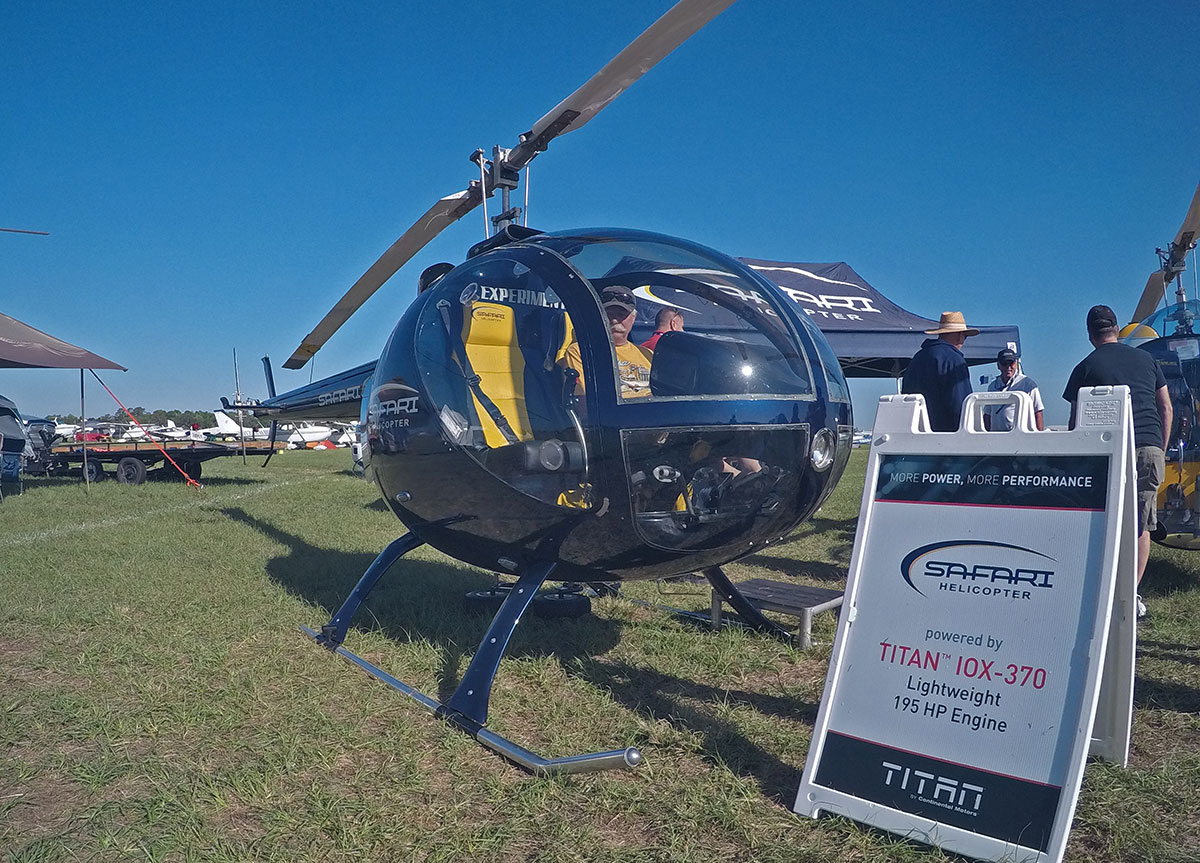
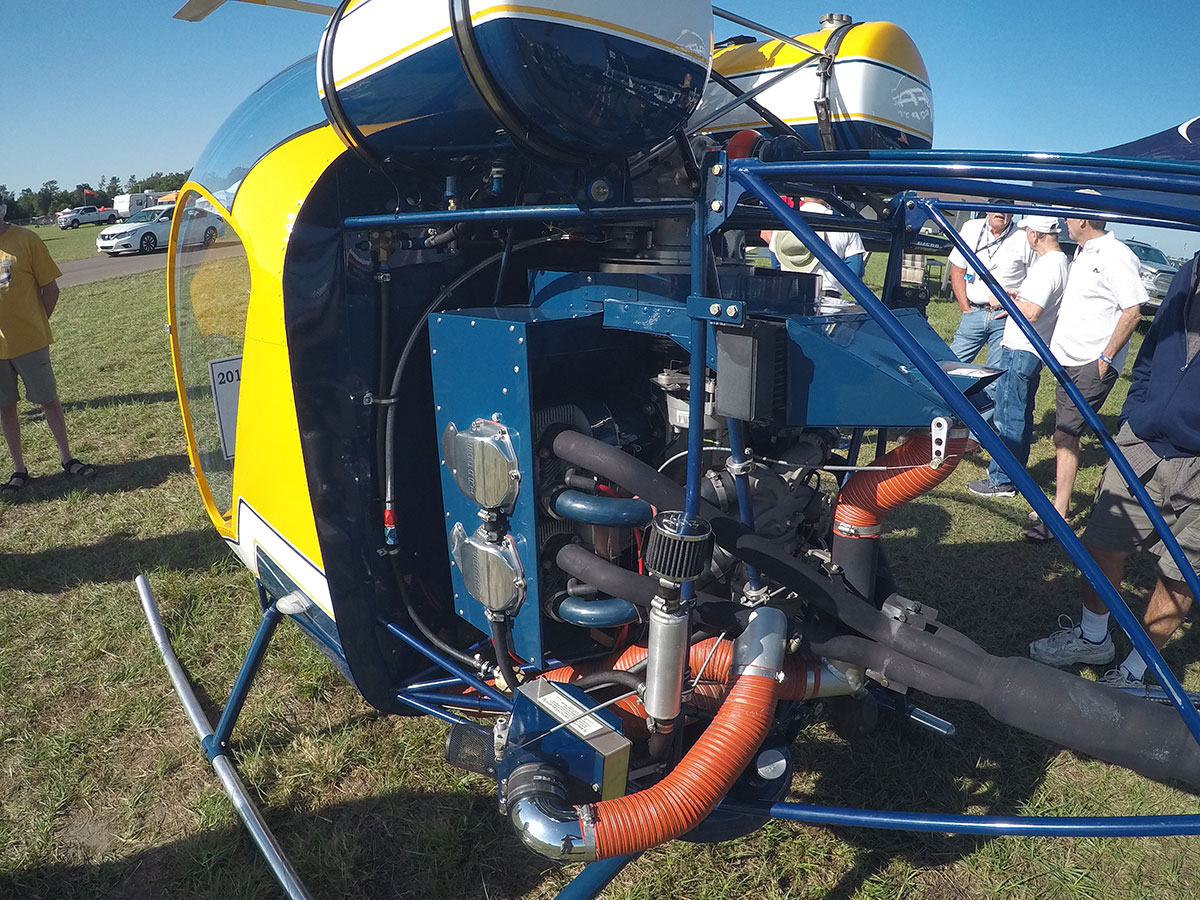
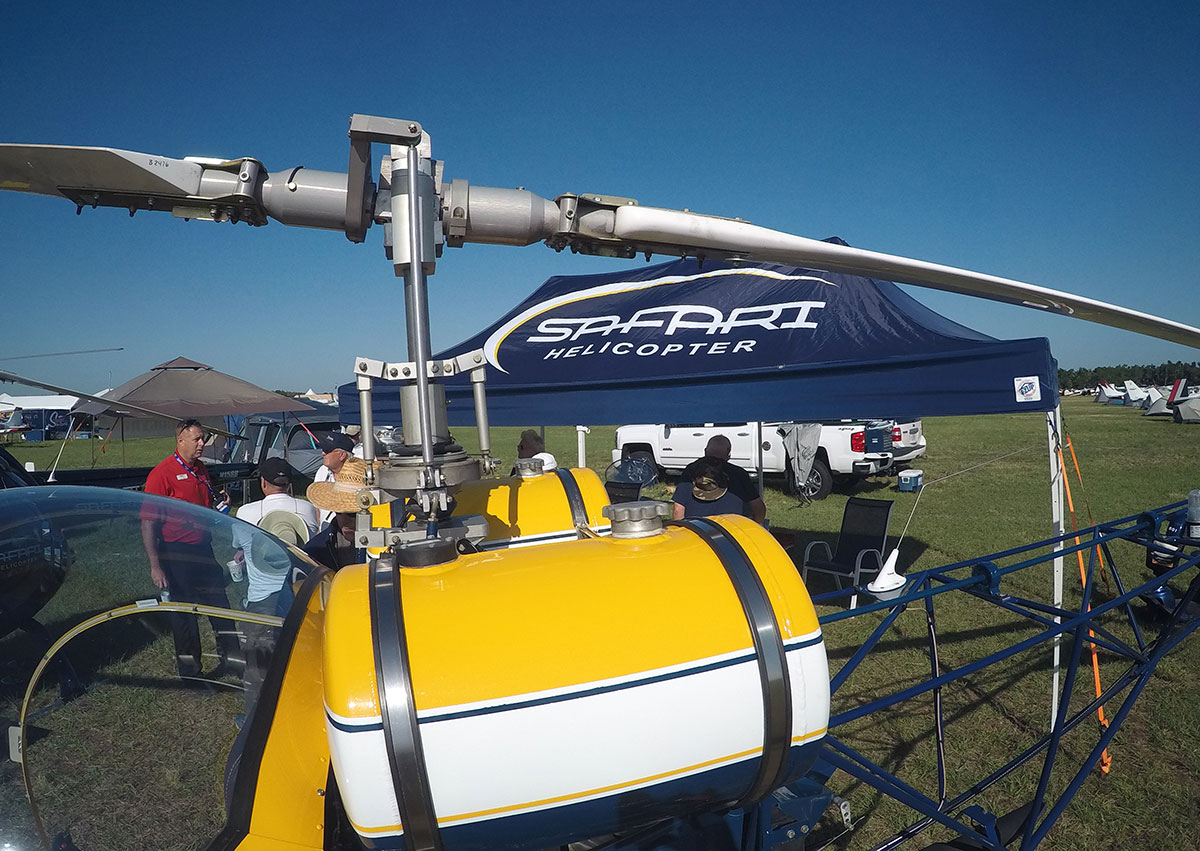
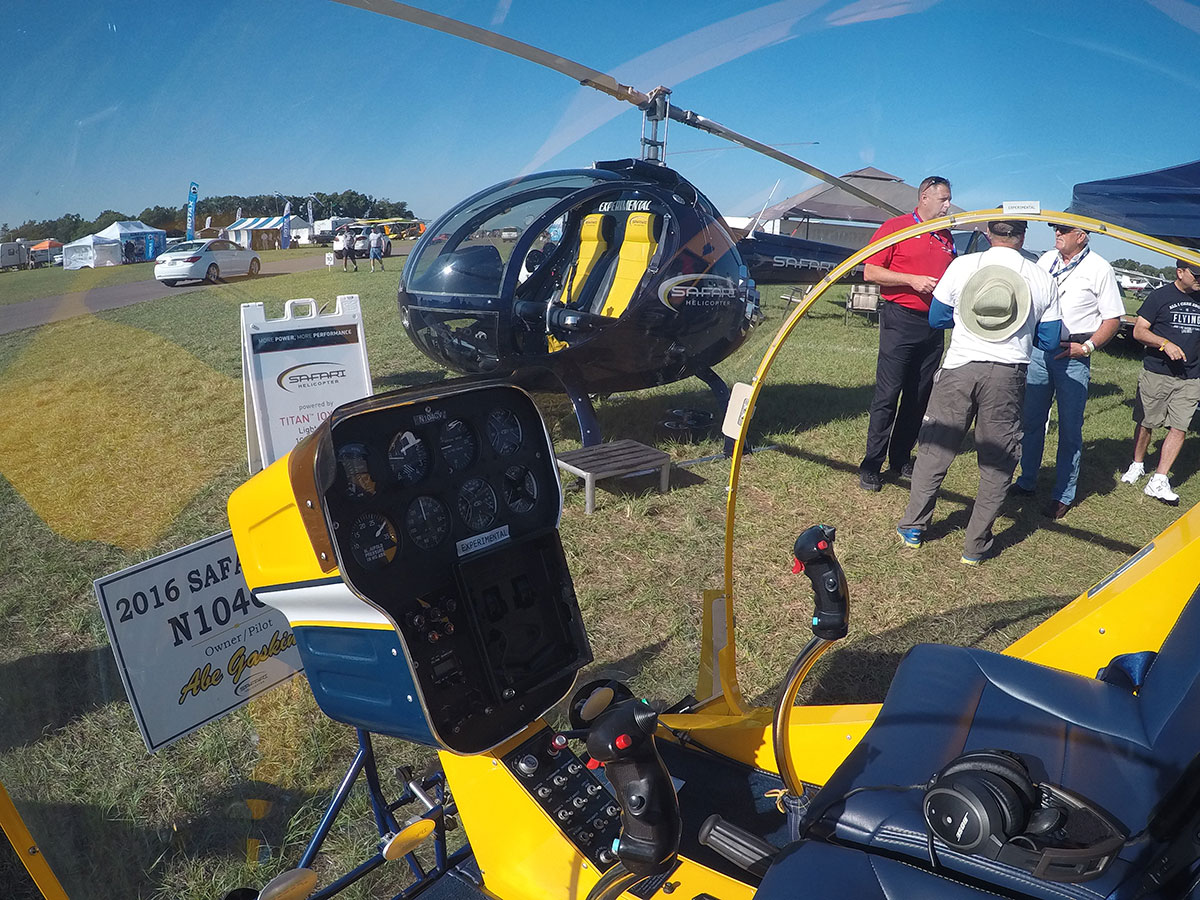
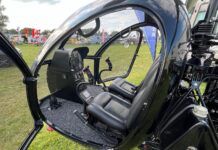
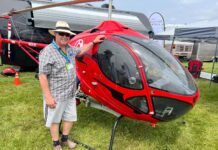
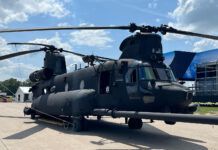

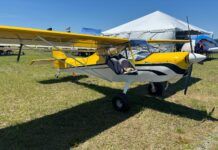
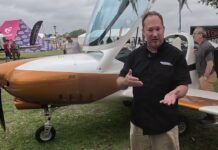


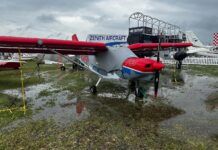
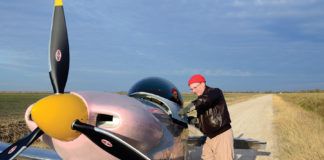
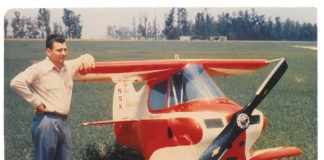
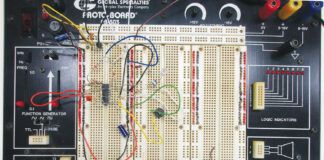
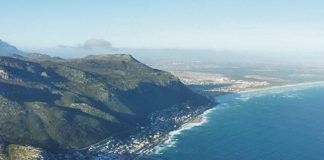
I have private endorsement for fixed wing, and fly regularly, would give my soul to fly chopper. To bad I don’t have the Money tree required to pursue this love.